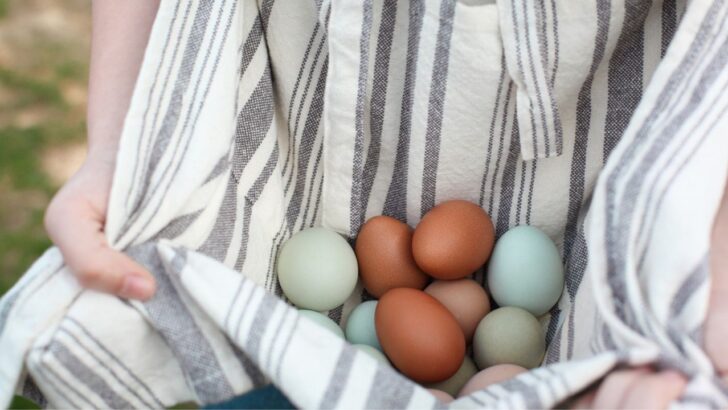If you have more than a few laying hens, you likely give away or sell eggs during peak laying times. We give away dozens at a time in the spring, and people are always shocked to see blue and green mixed in with the more expected white and brown.
Blue eggs may look like they have been dyed, but they are naturally occurring in some chicken breeds. Add a few blue egg layers to your flock if you want to expand your range of colors. Here are a few of our favorite chickens that lay blue eggs.
Chickens That Lay Blue Eggs
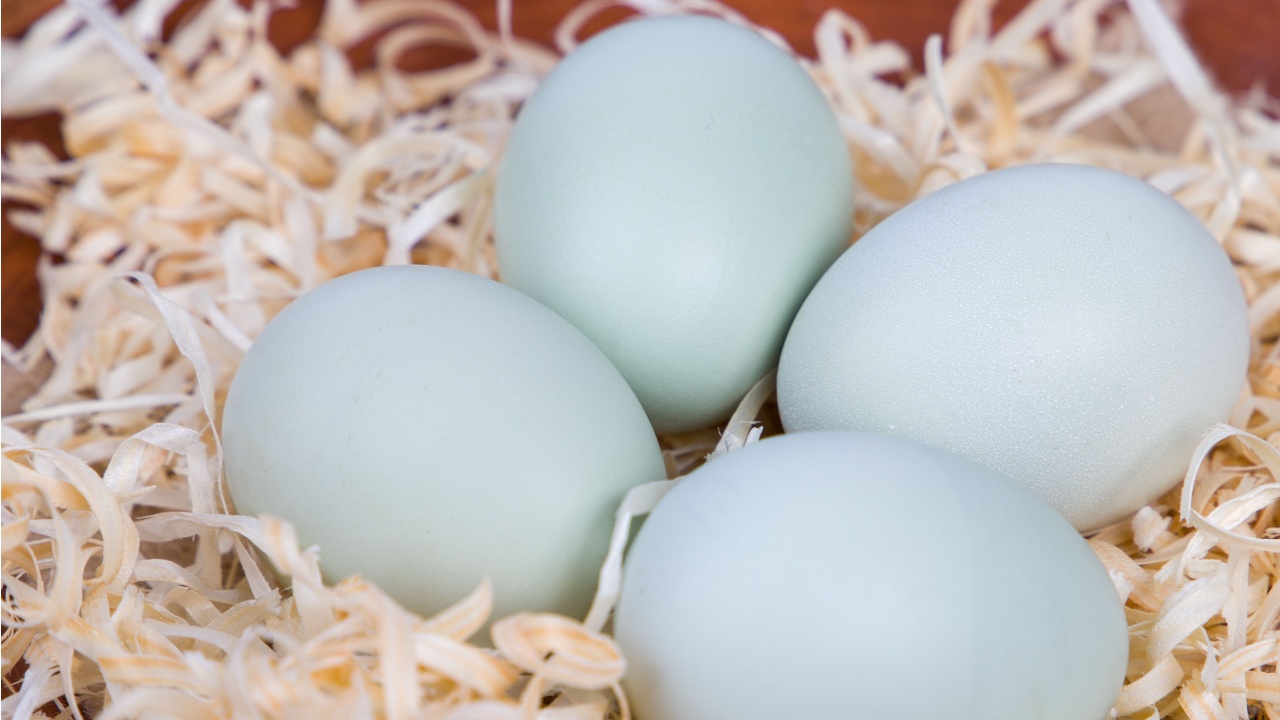
Image Credit: Shutterstock.
Chickens are a treat if you take the time to get to know them, and they give you a bounty of fresh eggs every day. Each breed of chicken has a particular personality and traits, and because they do, they will interact with each other and you in different ways.
Chickens that lay blue eggs are no different.
They produce eggs at different rates, molt at other times, and develop a pecking order early on in their development. This behavior is also interesting to watch because it’s not always the biggest bird that wins the prize of a live cricket. These traits are shared with all chicken breeds, but what sets the blue egg layers apart are their eggs, of course.
The eggs your birds lay are as different as their personalities. Chickens lay white eggs, light cream-colored eggs, beige and taupe eggs, rosy-hued pink eggs, many shades of green colored eggs, and blue eggs. One might ask, “How can this be”?
It comes down to breeding. While what your chickens consume can significantly affect the egg’s flavor and the color of the yolk, the color blue is a trait bred into certain breeds long ago
Are you a new chicken parent? Learn more about raising backyard chickens.
Read on to decide which blue egg-laying chickens you want to add to your farm.
1. Ameraucana
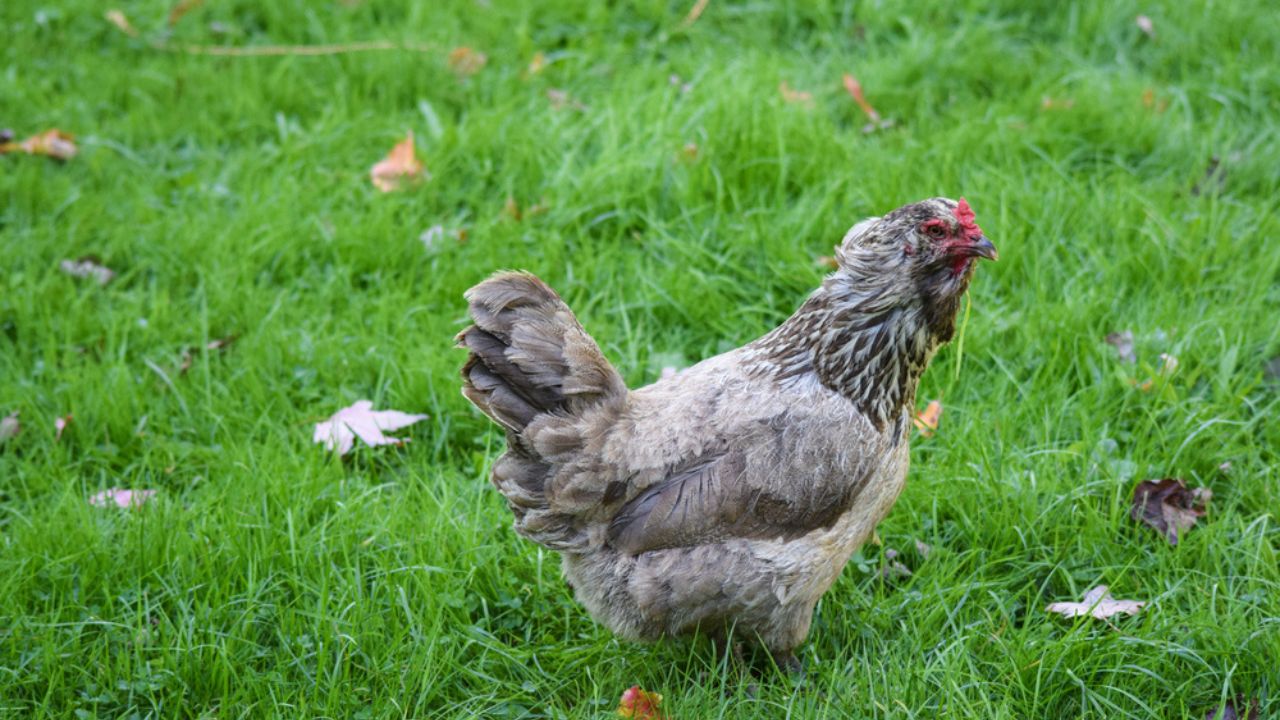
Image Credit: Shutterstock.
A rare breed of blue egg layer, yet one of the most common, the Ameraucana, is often confused with Easter eggers and sold as such. However, a genuine specimen of the breed has distinct traits. It will come from a hatchery that can prove the bird’s lineage, and you will not doubt that you have a true Ameraucana.
The Ameraucana is a chicken bred with a naturally blue egg-laying Araucana, a breed native to Chile. The result of that endeavor was the Ameraucana, which has the lovely blue eggs of the Araucana, without the genetic frailties.
With an average lifespan of seven to eight years, these birds will produce for a long time. Hens range from five to six pounds, and roosters will tip the scales between six and seven pounds. They are medium-sized birds that will produce approximately 250 large blue eggs per year.
Ameraucana chickens can have plumage of black, blue wheaten, blue, silver, buff, and wheaten, a straw yellow, with darker tail and neck feathers. They are friendly and docile birds that will get along well with you and members of your flock. Ameraucana like to free-range and are quick, which helps keep them clear of predators.
2. Araucana
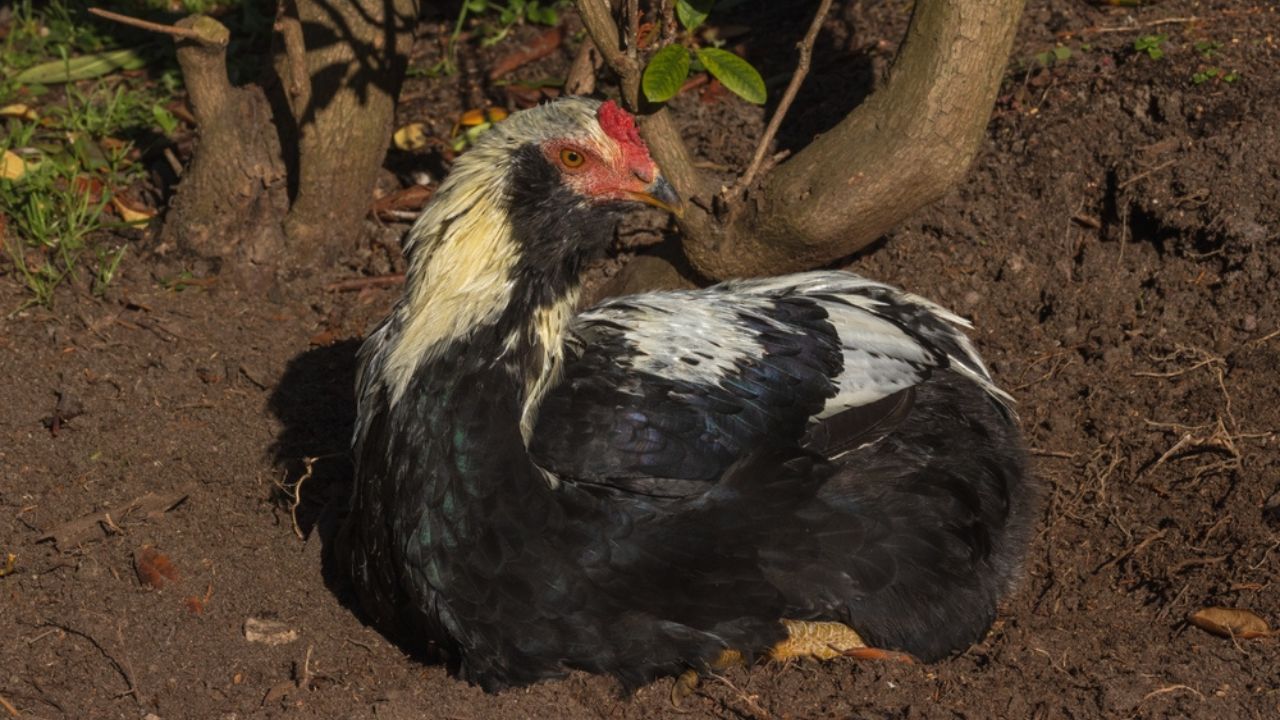
Image Credit: Shutterstock.
If you have a chicken that lays blue eggs, somewhere in its lineage is an Araucana. Several American blue egg layers have come from crossing the Araucana with hardier species.
I would never call a chicken funny-looking, as they might become offended and quit laying eggs. However, the Araucana is distinct and stands out from other chickens. From its alienesque ear feathers to its docked tail plumage, they look pretty different from their kin, and if someone tries to sell you a chicken as an Araucana that lacks these features, then you are getting some other bird.
There are large and bantam varieties of Araucana; the larger roosters average between 6 – 7 pounds, while their bantam counterparts tip the scales between 1.6 and 1.9 pounds.
The same is true for Araucana hens. The larger version will weigh from 4.8 -6 pounds when fully grown. Bantam hens will come in at a tiny 1.5 – 1.75 pounds.
True Araucana are very rare, and there are very few growers of the breed, so if you have one, produce a few more and keep the lineage of blue egg layers going. If you can get them to hatch, they have a lifespan of five to six years. Their rarity is due to their high failure rate at birth, but hybrids have been developed that produce birds that will give you blue eggs.
They produce an average of three to four eggs per week, which is not prolific but will give you 150 – 180 blue eggs per year. That’s a lot of omelets and soufflés!
3. Easter Egger
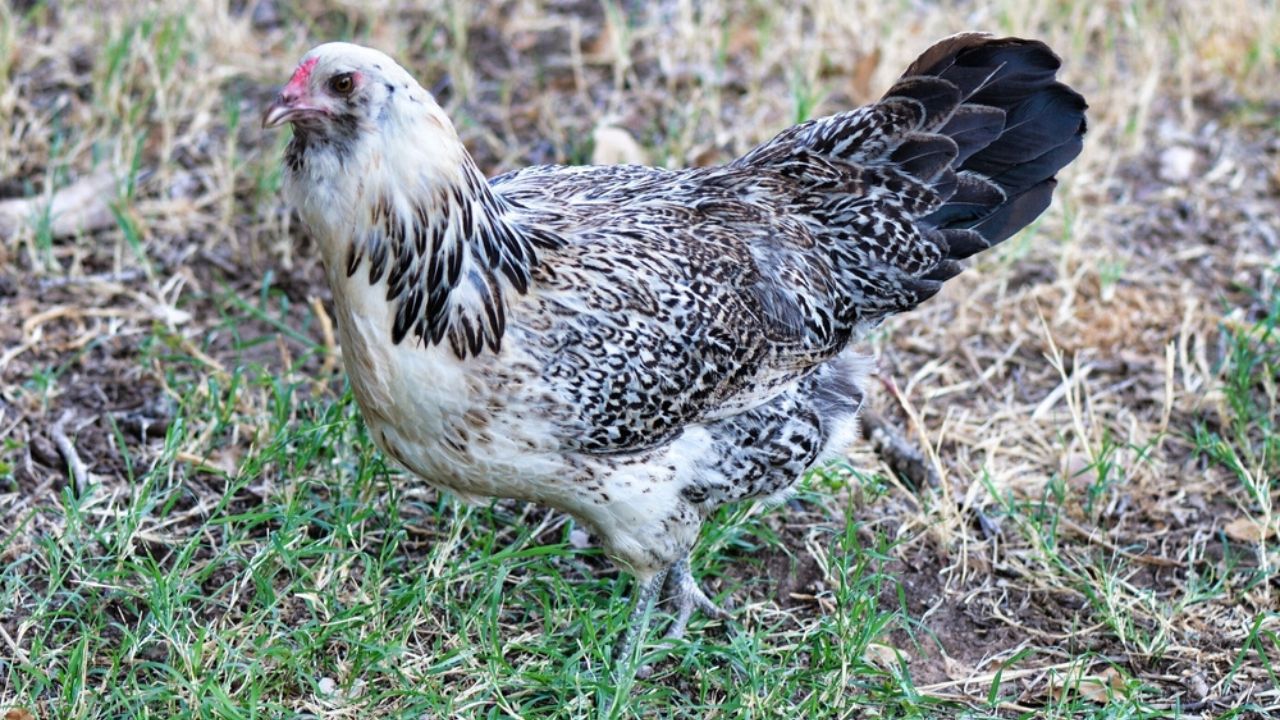
Image Credit: Shutterstock.
Often sold as Ameraucana, Easter egger chickens were around long before Araucana and are likely a result of breeding Collonca and Quetro chickens or other Chilean breeds. As a result, the Easter Egger has a longer lifespan (eight years) than most of the different blue egg layers.
Producing approximately 280 eggs per year, they are prolific layers. They will give you dozens of Easter eggs. However, you may not get a blue egg from an Easter egger. The color of their eggs can range from a rosy pink to light blue, green, or blue/green. Of course, they will only lay one of these colors, not all of them, and you will not know which it is until it happens, but that is half of the fun.
Easter egger chicken will have lots of different appearances. For example, some Easter eggers may have a beard, but others may not. The same goes for their tails: some Easter eggers may have the tailless body shape of an Araucana, or they may have the magnificent tail plumage of a Leghorn.
4. Cream Legbar
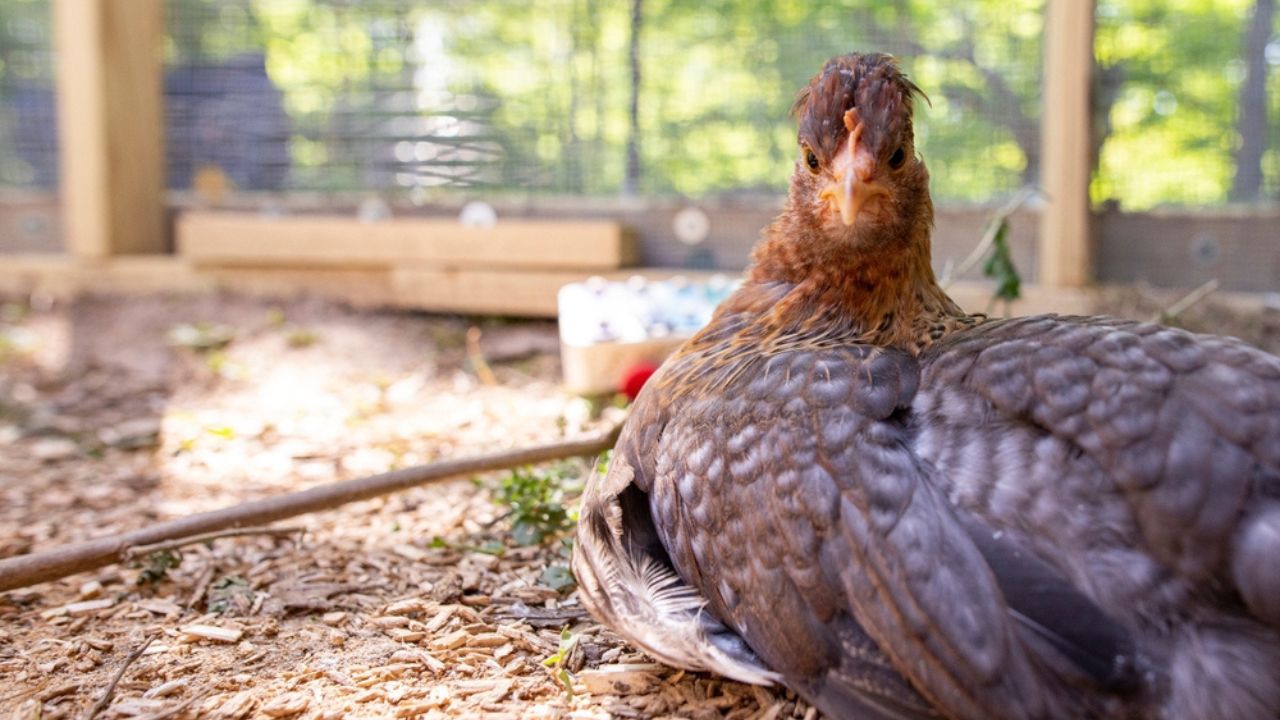
Image Credit: Shutterstock.
Cream Legbar chickens have a unique heritage that gives them the trait of being autosexing. Common in Britain, they are very rarely seen in the United States. This means that the male and female chicks have distinctly different appearances from birth, making dividing hens from roosters much more straightforward than many breeds of birds.
Combining the above three breeds has developed blue egg layers that are hardier than the original Araucana breed. As for personality, the jury is out as some growers find Cream Legbars to be pleasant, while others find them to be loud and obnoxious. You will have to make this decision on your own.
The Cream Legbar will produce an average of 150 to 200 eggs per year, which is a little lower than other breeds, yet still plenty for the average home.
The average weight of roosters is around 7.5 to 8 pounds, and hens weigh in at about 6 pounds. Their life expectancy is between 5 to 10 years so they will be with you for a long time.
5. Arkansas Blue
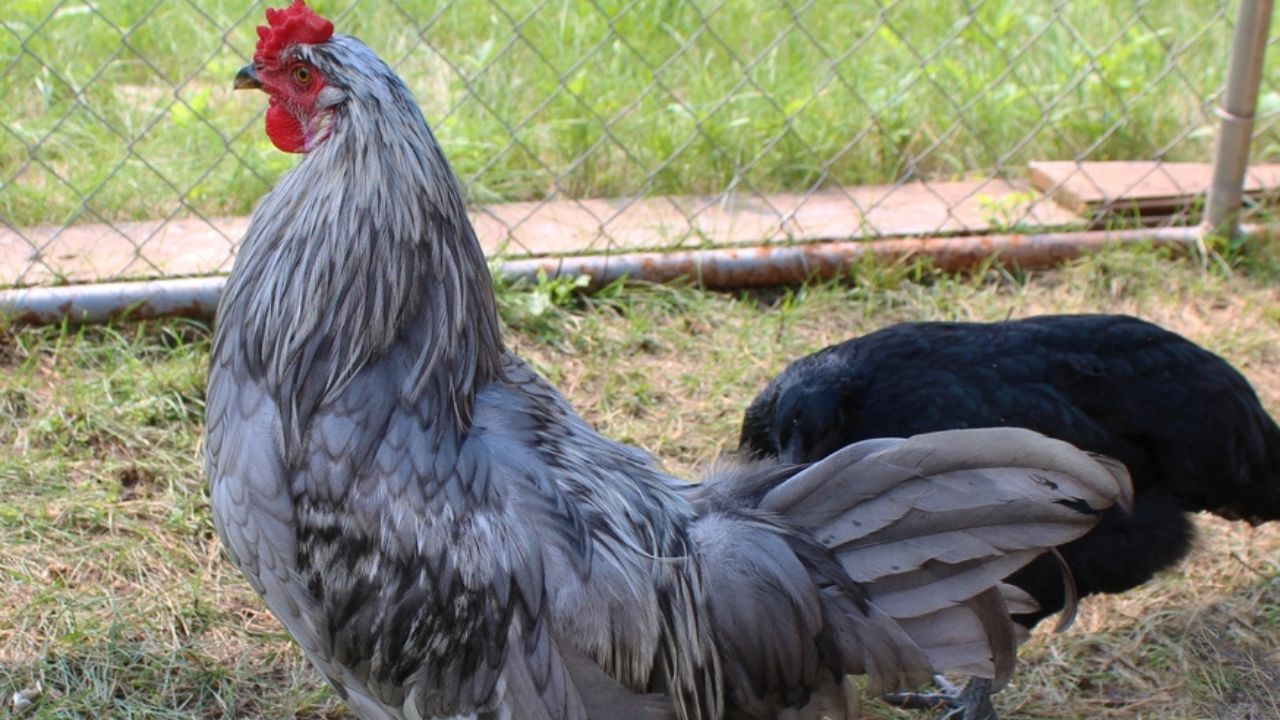
Image Credit: Shutterstock.
The Arkansas Blue is an experimental breed of blue egg layer developed at the University of Arkansas by crossing an Araucana with a Leghorn. The Arkansas blue is the result, and they lay a very blue, almost gray-colored egg.
They are prolific layers producing between 250 – 300 medium to large blue eggs per year. Their appearance is similar to the Sumatra chicken, and according to some owners, they can be difficult and do not care much for people.
Hens of this breed weigh in at around 6 pounds and roosters at 7 – 7.5 pounds when fully grown. They have a lifespan of 7 – 8 years.
Further development of this breed should eventually produce a chicken with a better disposition. Hopefully, they will with time because ornery chickens can be troublesome, and having another species of blue egg layer is excellent, even though it might be from a moody chicken.
“Blue” Doesn’t Always Mean Blue Eggs
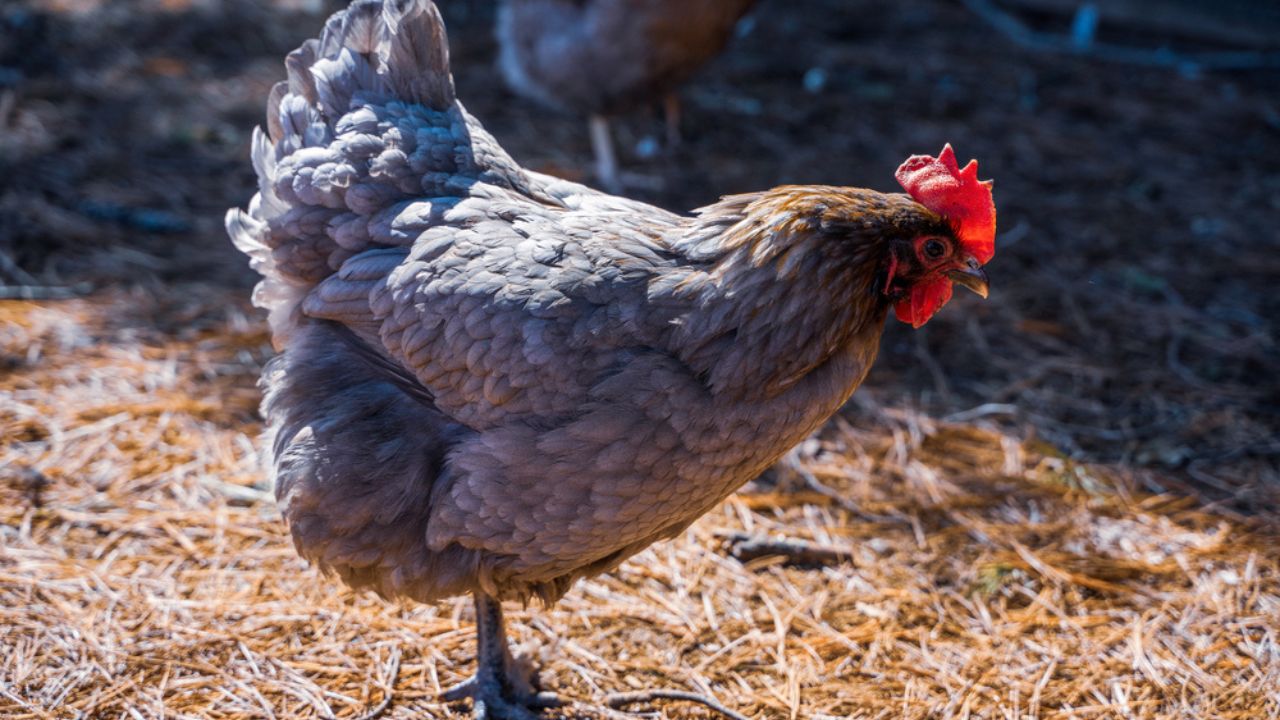
Image Credit: Shutterstock.
Blue Copper Marans, Blue Laced Red Wyandotte, and other birds with “Blue” in the name don’t actually lay blue eggs. Instead, blue refers to the color of the birds’ plumage and feathers.
These birds are lovely, but be aware that the eggs they lay range from cream to deep brown, depending on the actual variety. Any blue-named bird should be researched prior to purchase to be sure they do have the blue egg laying gene, not just blue feathers.
FAQs About Chickens That Lay Blue Eggs
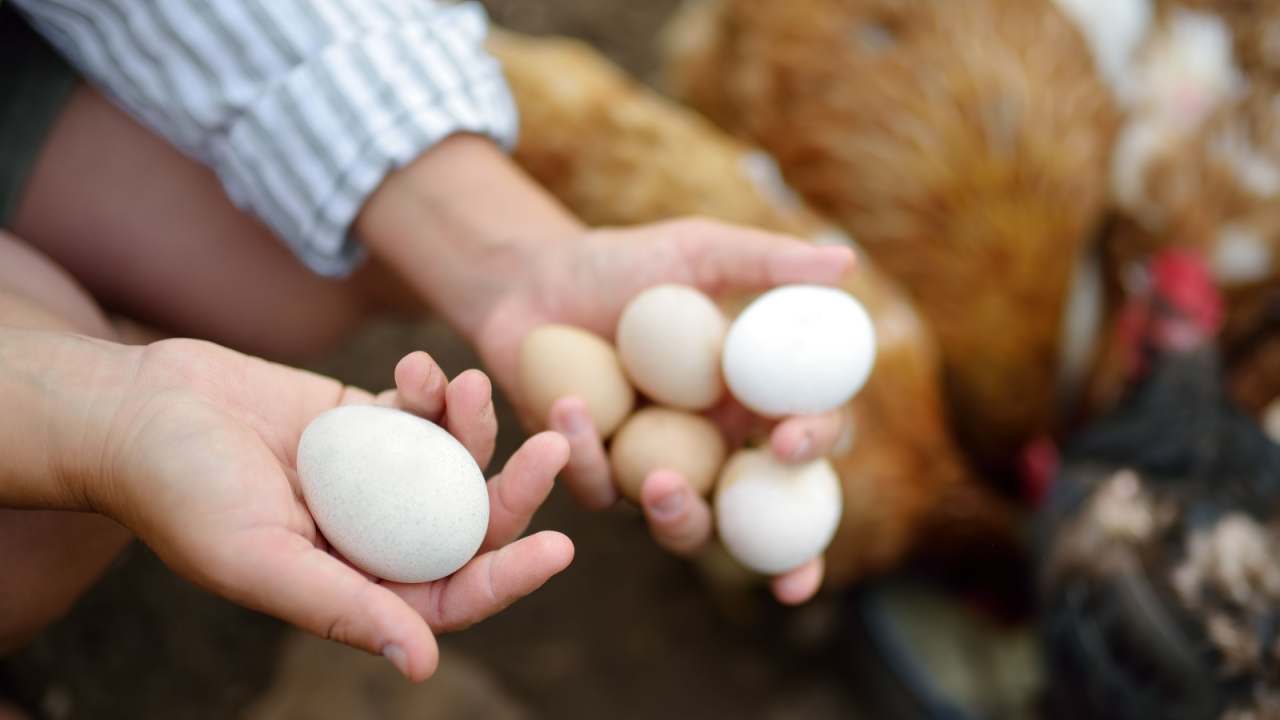
Image Credit: Shutterstock.
Do blue-shelled eggs taste different from regular eggs?
I was shocked to see brilliant orange yolks in our early chicken days – we had been giving them cantaloupe, sweet potatoes, and other colorful foods, resulting in a vibrant orange yolk, regardless of the external shell color. Any impact on egg yolk color comes from your chickens’ diet, not their shell colors.
Are blue eggs safe to eat?
What gives blue eggs their color?
Does rooster color or breed impact egg color?
Can eggs change color over time?
There Are More Blue Egg Layers
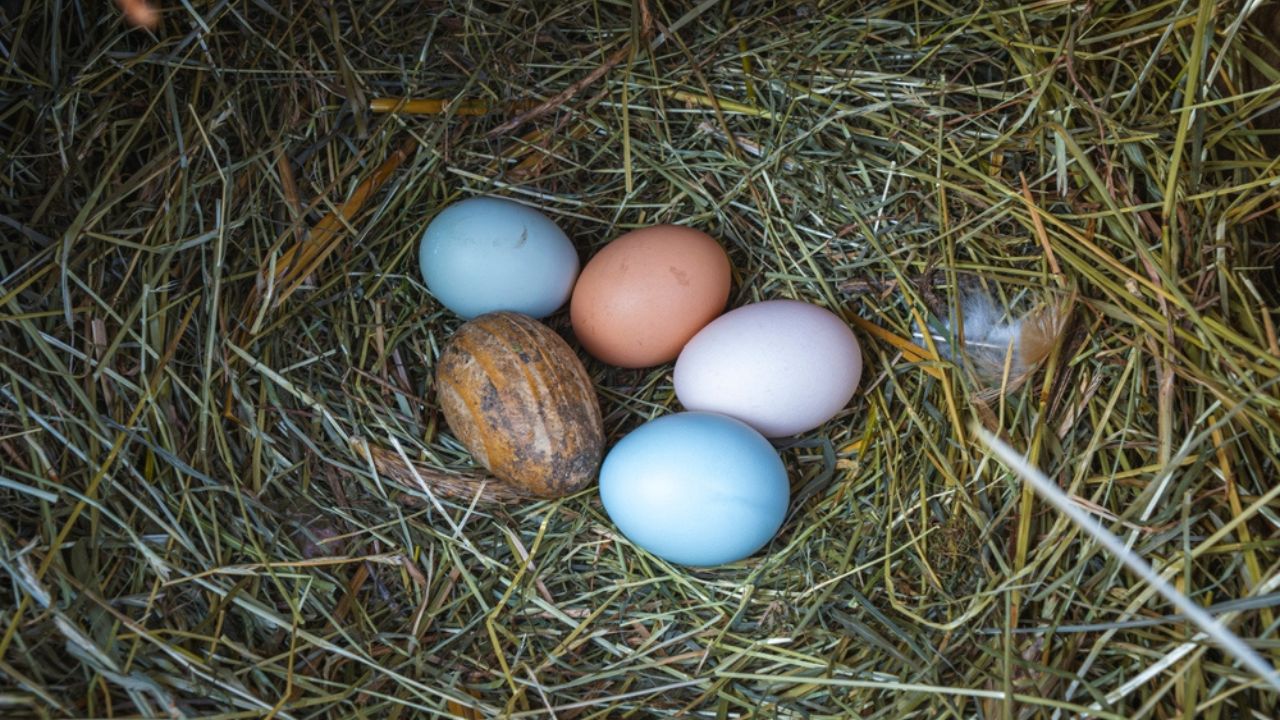
Image Credit: Shutterstock.
The above is not a complete list of blue egg layers, but represents the most prevalent breeds in the United States and what can be most commonly purchased. Once you have a blue egg layer and see the look of surprise on the faces of those you either sell or give your eggs to, you may never want white egg layers again.

